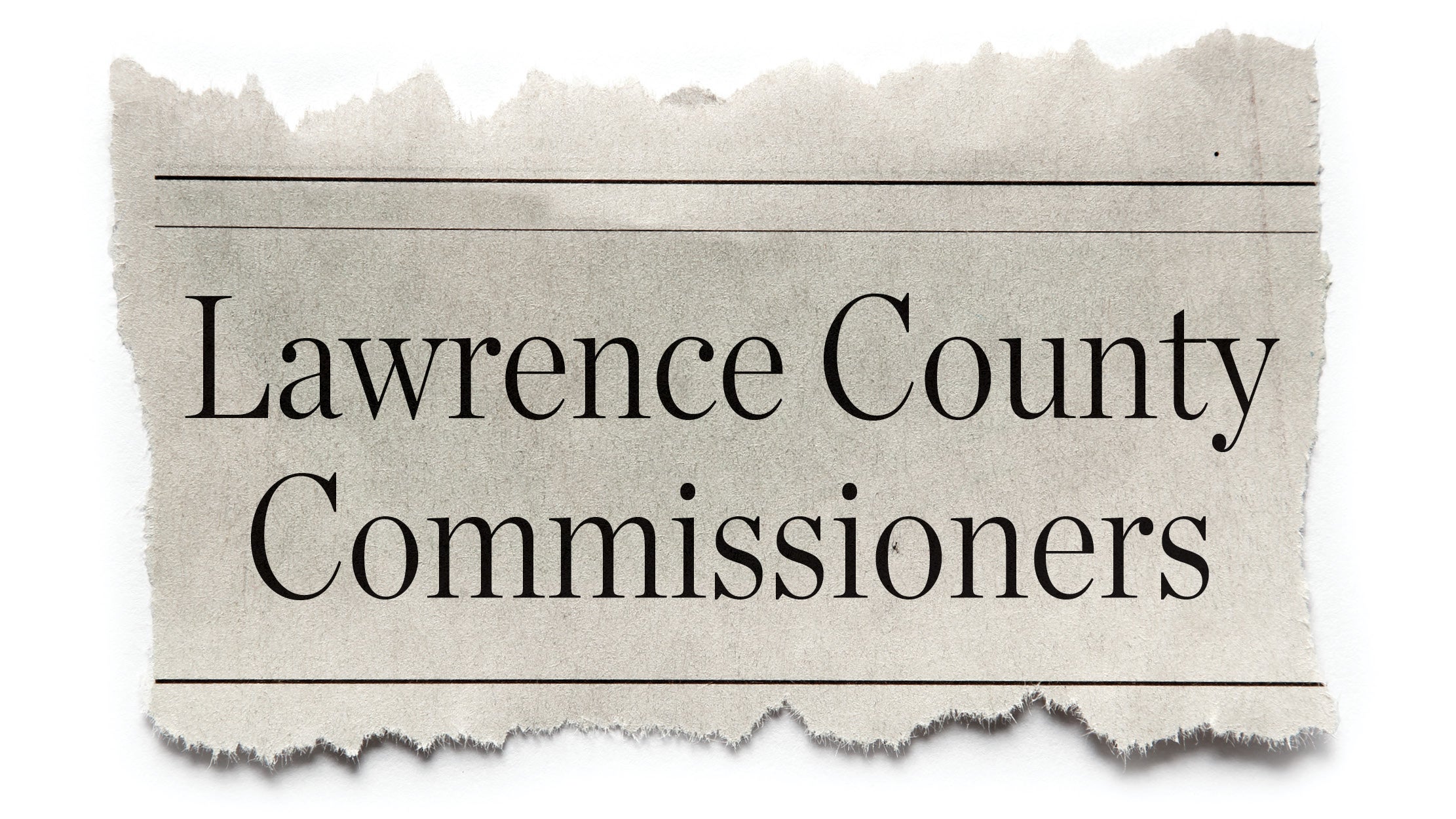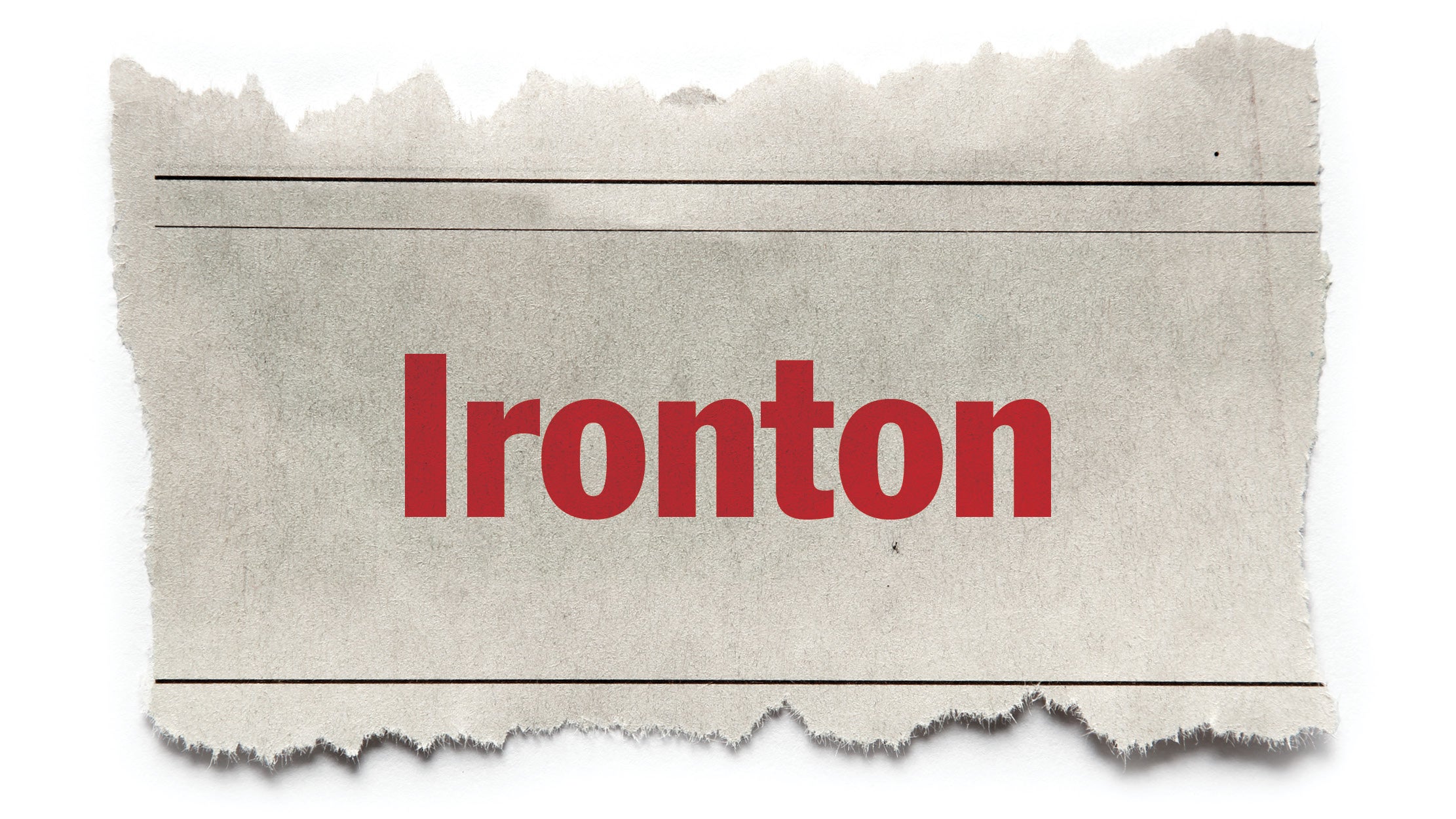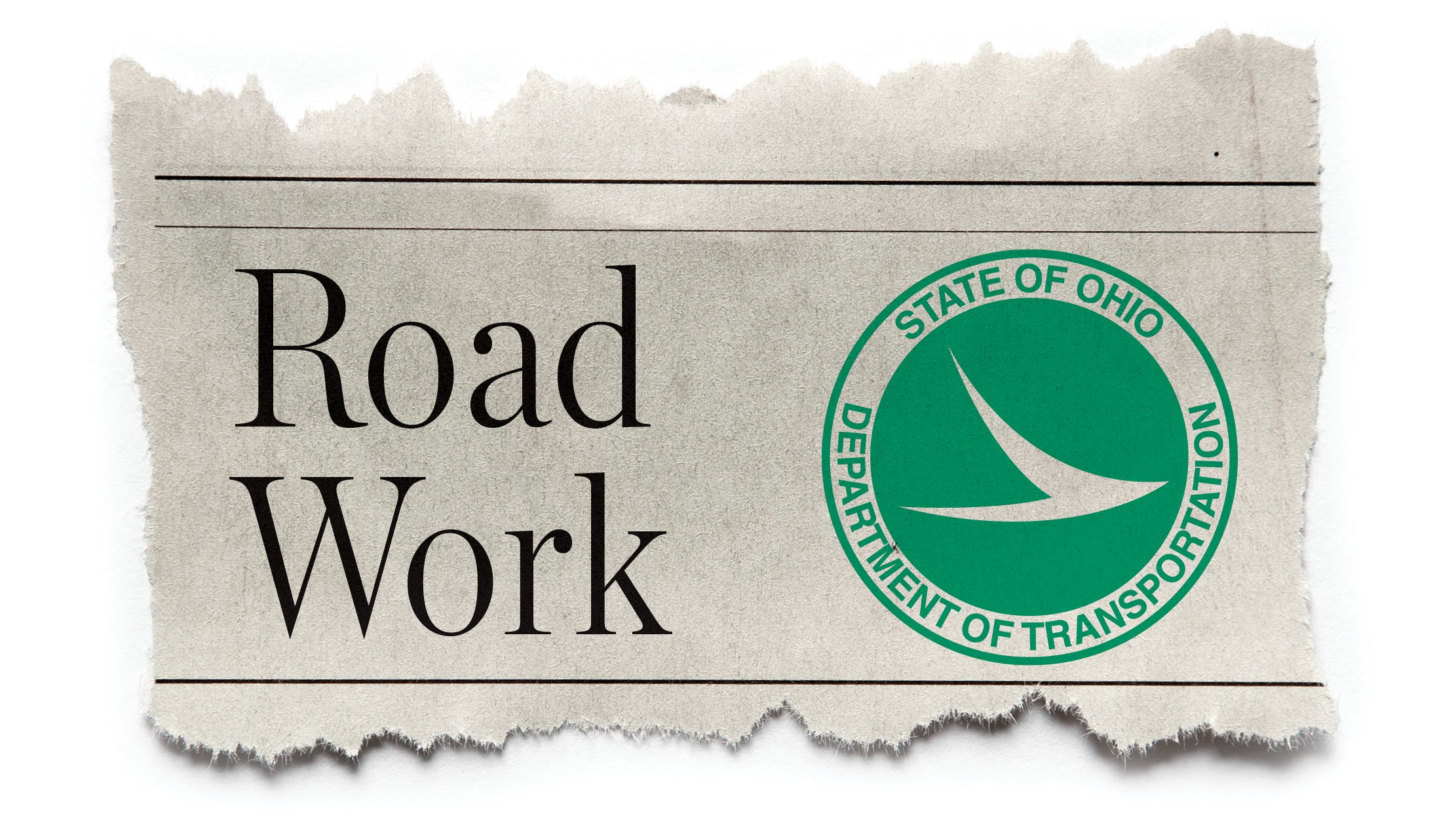Stimulus goes to studies, not shovels
Published 10:18 am Monday, April 13, 2009
COLUMBUS (AP) — Ohio wants to spend $57 million in federal stimulus money on highway projects that won’t begin for years, an unusual strategy for money that President Barack Obama said should be used to give the economy an immediate job-creating jolt.
Democratic Gov. Ted Strickland and the state’s transportation officials passed over some ready-to-go construction projects and steered 7 percent of their $774 million share for planning and preliminary studies.
That infuriated some local leaders who hoped the money would build even more new bridges or resurface roads in the cash-strapped state, where unemployment recently hit a 25-year high of 9.4 percent.
‘‘I could have dug the darn thing myself, that’s how shovel-ready we were,’’ said Fostoria Mayor John Davoli, who sought $10 million to build bridges over two railroad crossings and was denied.
The Federal Highway Administration has no other examples of states using stimulus money for planning, although some states haven’t completed their project lists and the agency hasn’t approved Ohio’s request, spokeswoman Nancy Singer said. The agency has to review the projects to ensure that they are eligible.
While the overall approach to Obama’s $787 billion stimulus package is to get money to projects that can be started right away, planning is a legitimate use of economic stimulus money, said Jill Zuckman, spokeswoman at the U.S. Department of Transportation.
Strickland said studies of long-term projects, as well as some types of preliminary work, position the state for future economic growth.
That includes a two-year study of a highway and rail project on the east side of Cincinnati and the design of a three-mile road connecting Interstate 490 to Cleveland’s art and museum district. The cost is $20 million apiece.
‘‘We’re putting planners and engineers to work, too, so I think it does fit the spirit of the stimulus package to develop projects today that have opportunities for tomorrow,’’ said Scott Varner, spokesman for the Ohio Department of Transportation.
Pennsylvania put all of its highway stimulus money — $1 billion — into construction. So did Oregon.
‘‘We wanted work boots on the ground,’’ said Patrick Cooney, spokesman for the Oregon Transportation Commission, which approved $234 million for highway projects.
In announcing Ohio’s economic stimulus projects in March, Strickland estimated 21,257 jobs would be created or retained, and most of the money will be used to repave roads, reconfigure streets and repair bridges across the state. Some of the work is expected to begin in May.





